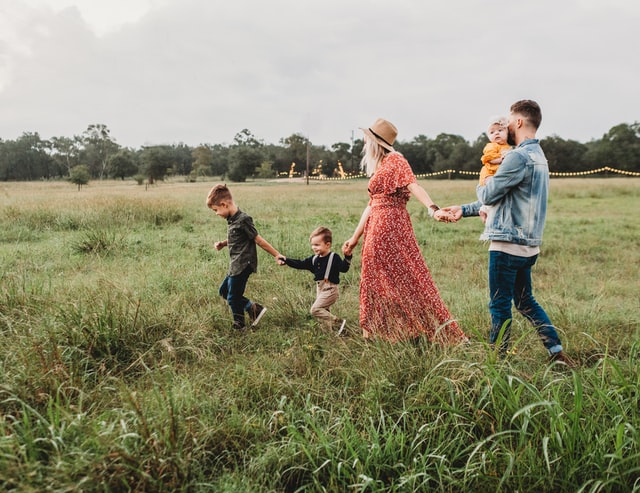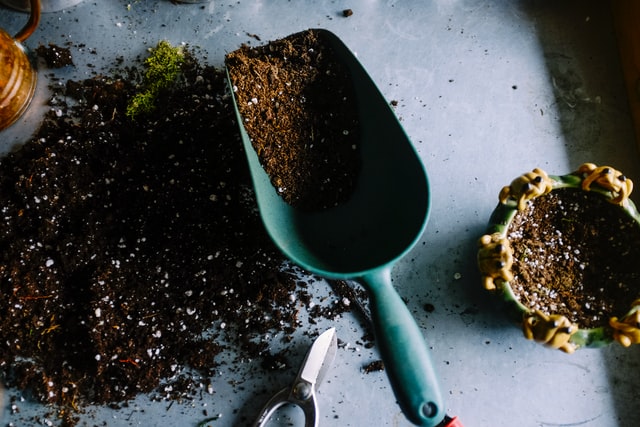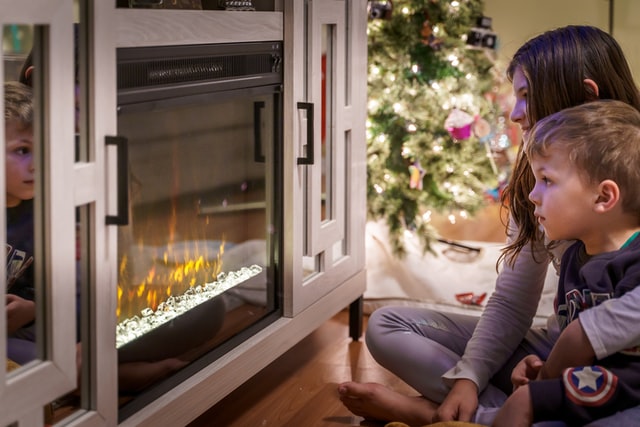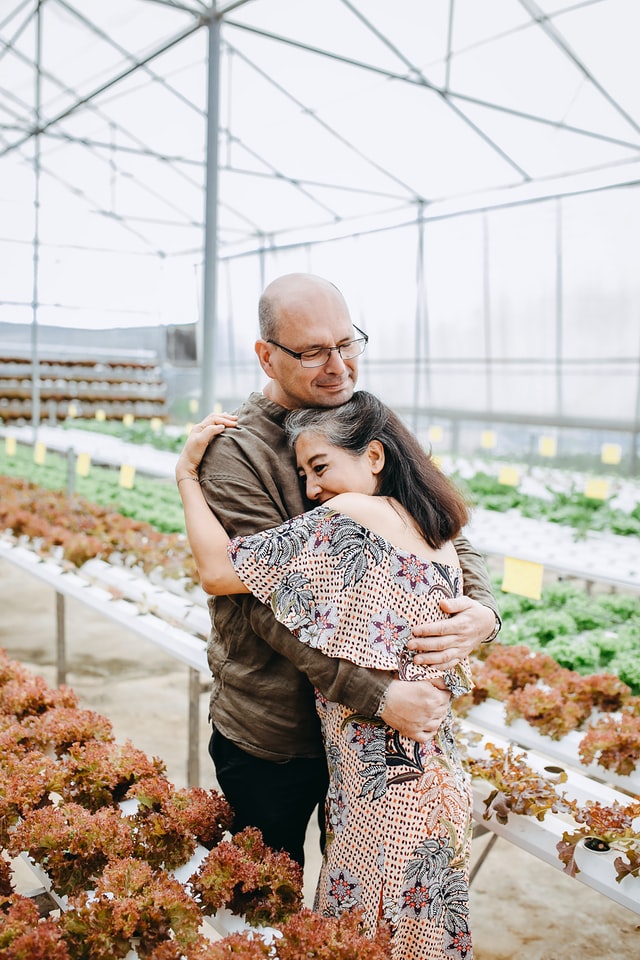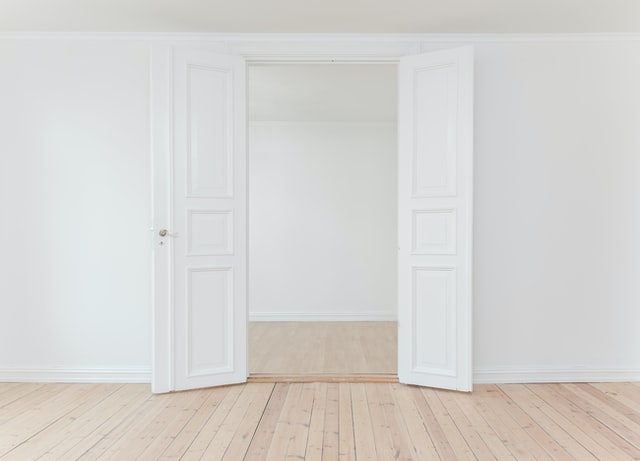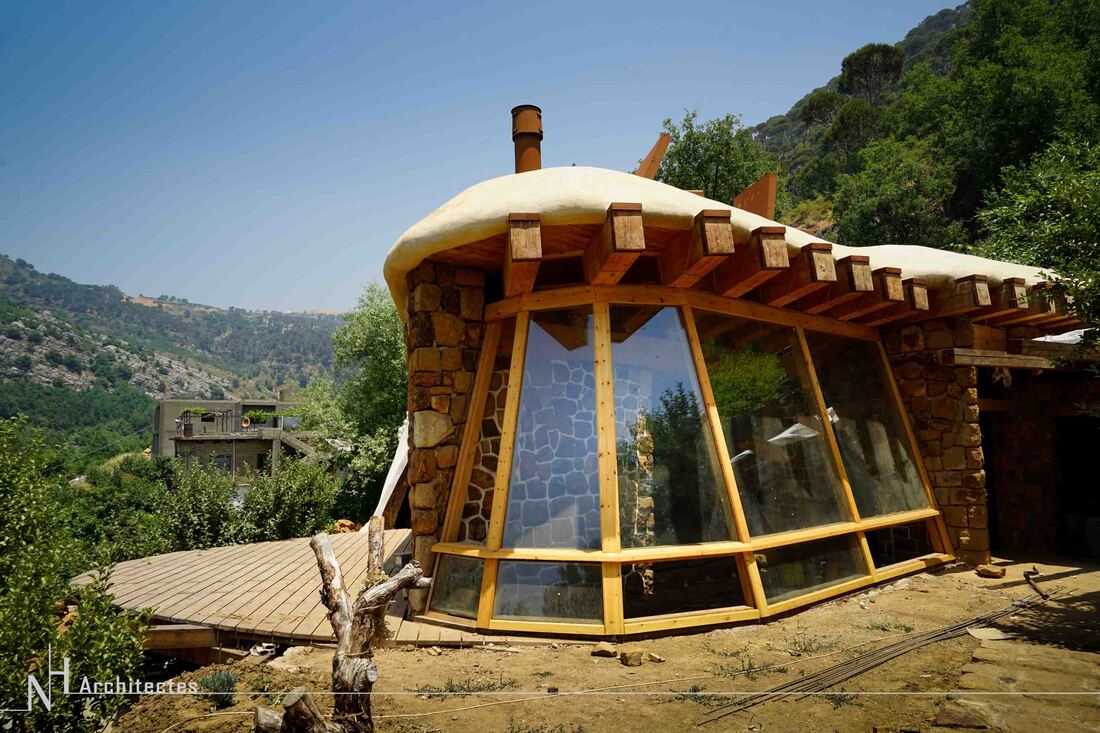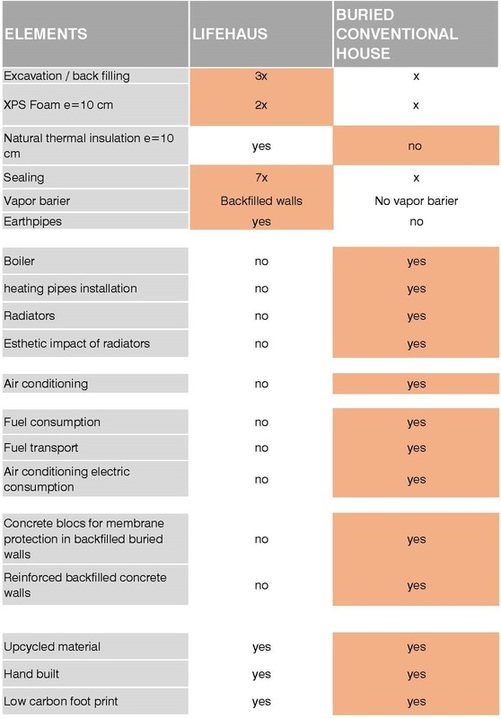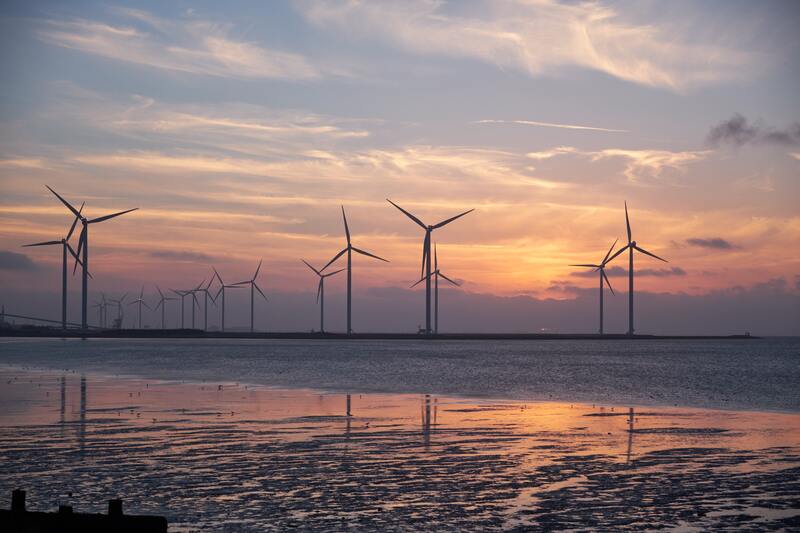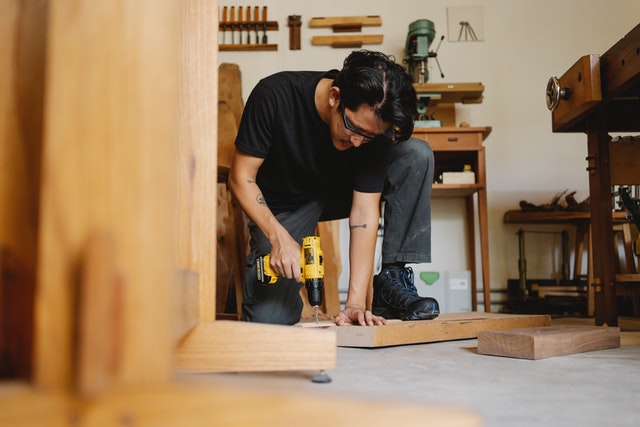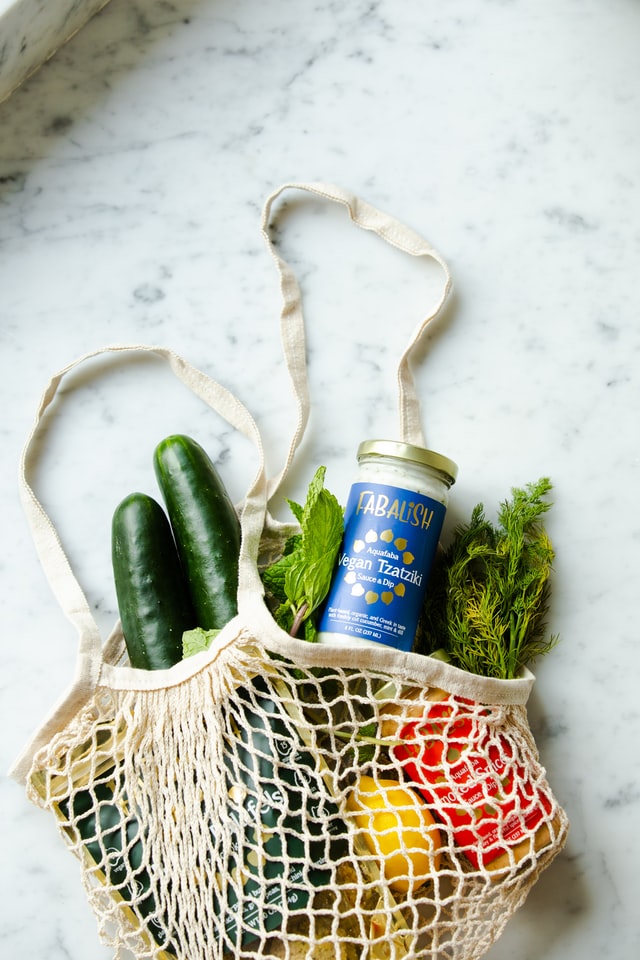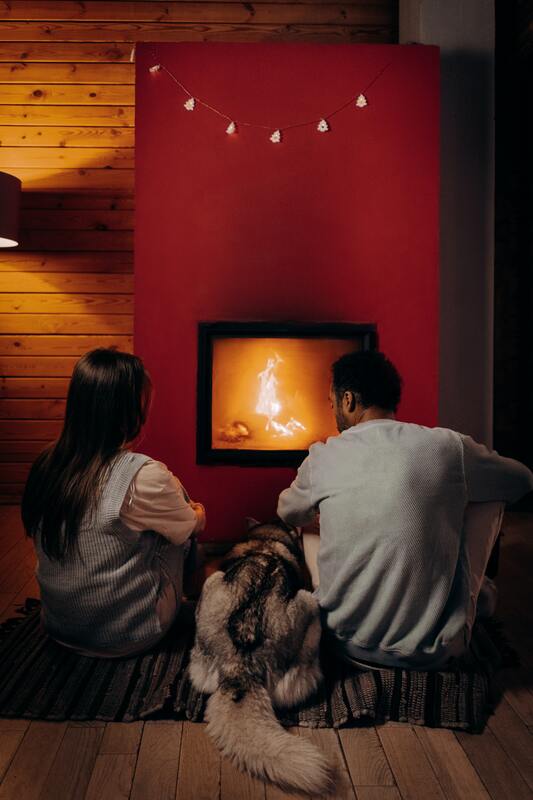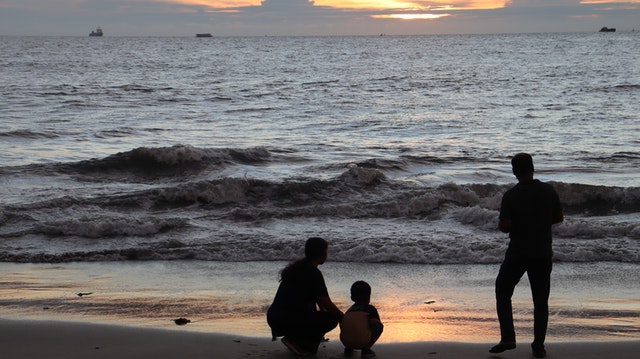All human beings have the right to be happy yet today 20 million people are refugees in the world, according to the UN, this number will reach 250 million in 2050. Must we always build walls to break the chain of human solidarity, separate peoples and protect the happiness of some from the misery of others?
— Home (2009)
|
Its added value comes in the form of its optimized passive heating and cooling systems economizing the cost of the heating/cooling installations (AC, boiler, radiators, heating pipes, etc.) and the amount of fuel and electricity that is spent yearly on conventional methods of heating/cooling, as well as the electricity spent in a regular dwelling for the attainment of the same thermal comfort.
Several sustainable systems (PWFSS : power, water, food sustainable systems) -- integrable in conventional houses -- that plays a part in determining the total cost of the LIFEHAUS has been put aside due to the variation of their cost that depends on many factors:
Price variations: |
As for cattle farming, and animal feed, they too are tied into the weather cycle and the flux food production mentioned above. Food production in very cold regions requires the installation of huge greenhouses, which increase the cost. This is why food production could be very expensive and un-ecological especially in extremely dry regions. |
The cost of a LIFEHAUS can be split into 3 categories with different specifications for each:
LIFEHAUS - ECONOMY
LIFEHAUS - STANDARD
LIFEHAUS - LUXURY
LIFEHAUS - ECONOMY
LIFEHAUS - STANDARD
LIFEHAUS - LUXURY
© COPYRIGHT 2022 ALL RIGHTS RESERVED.

